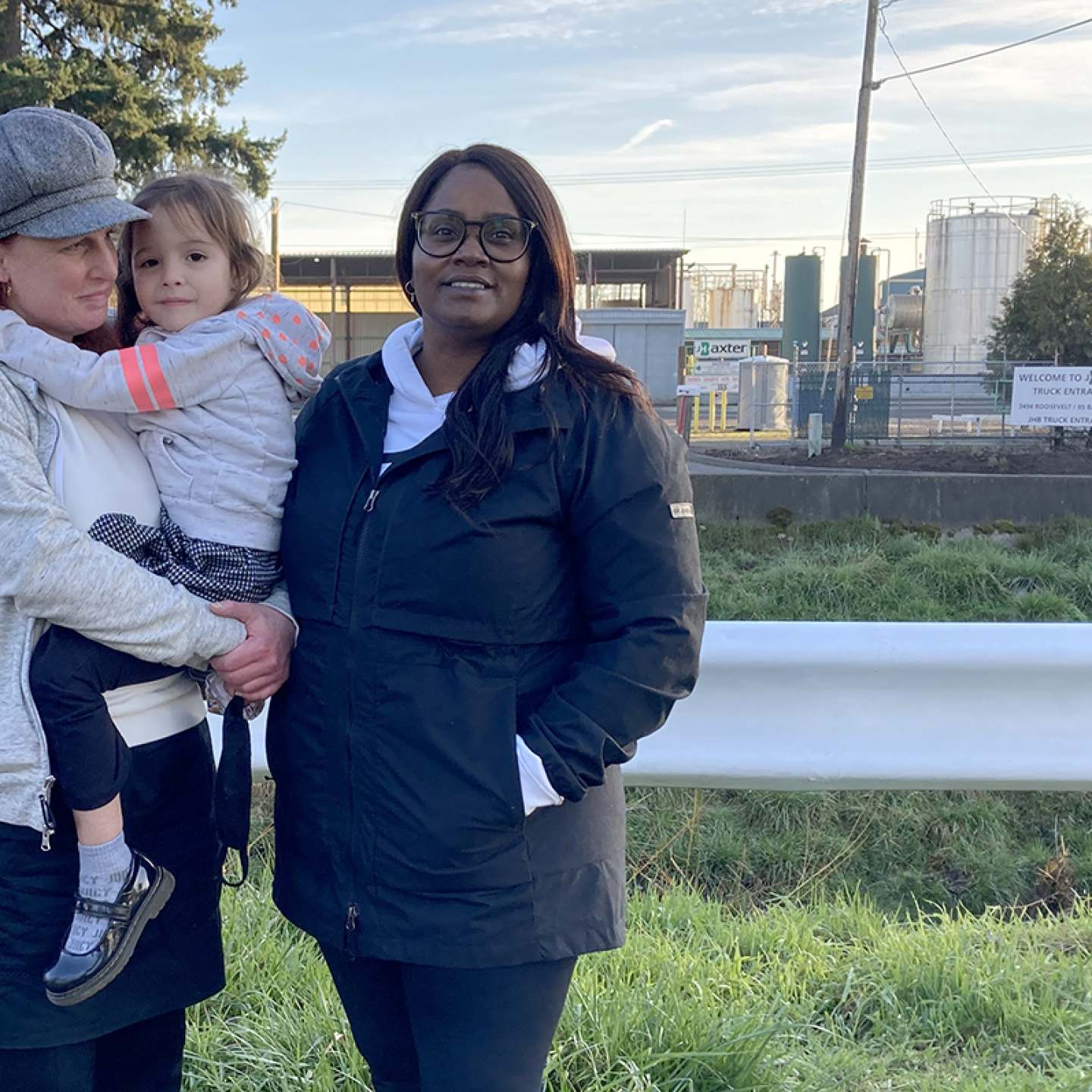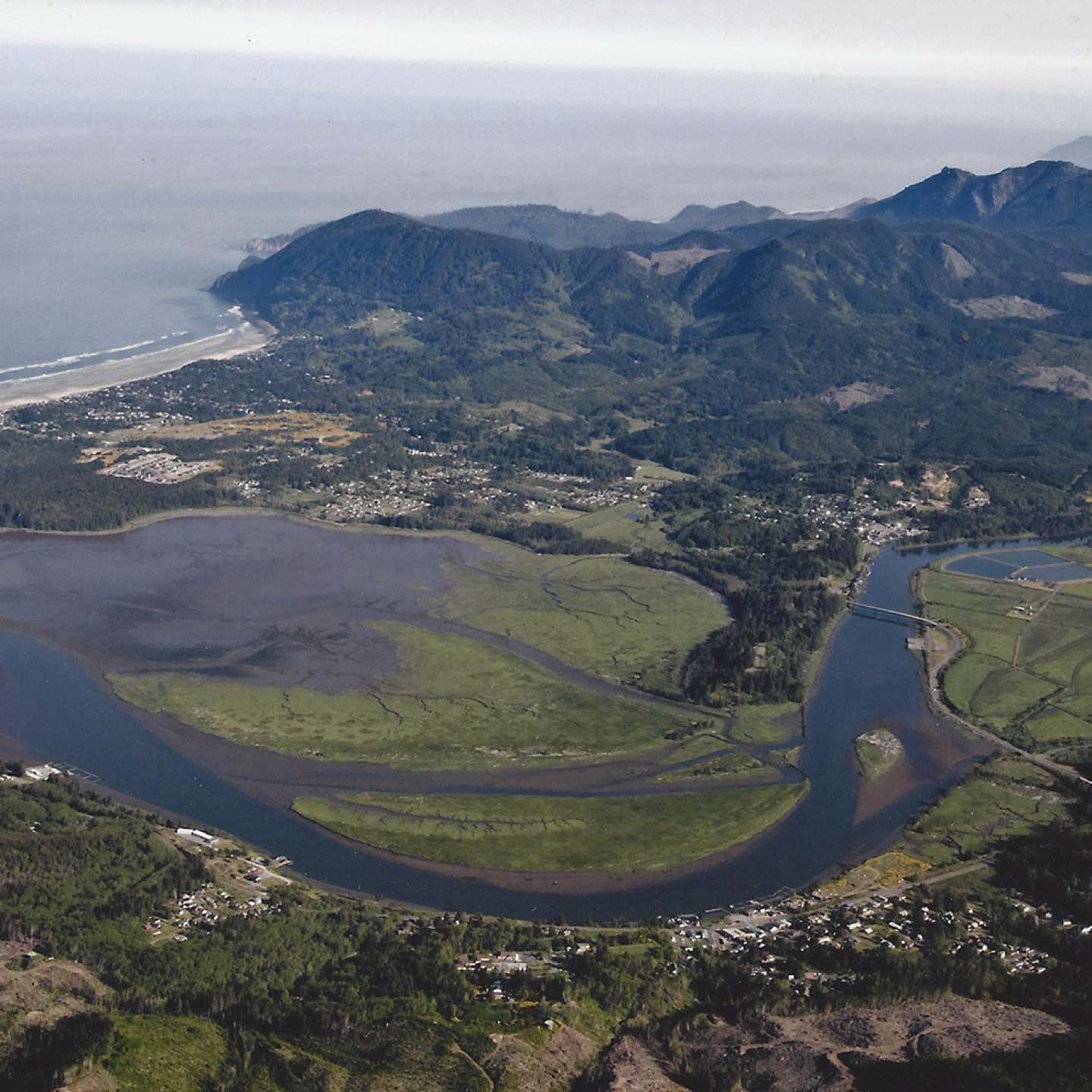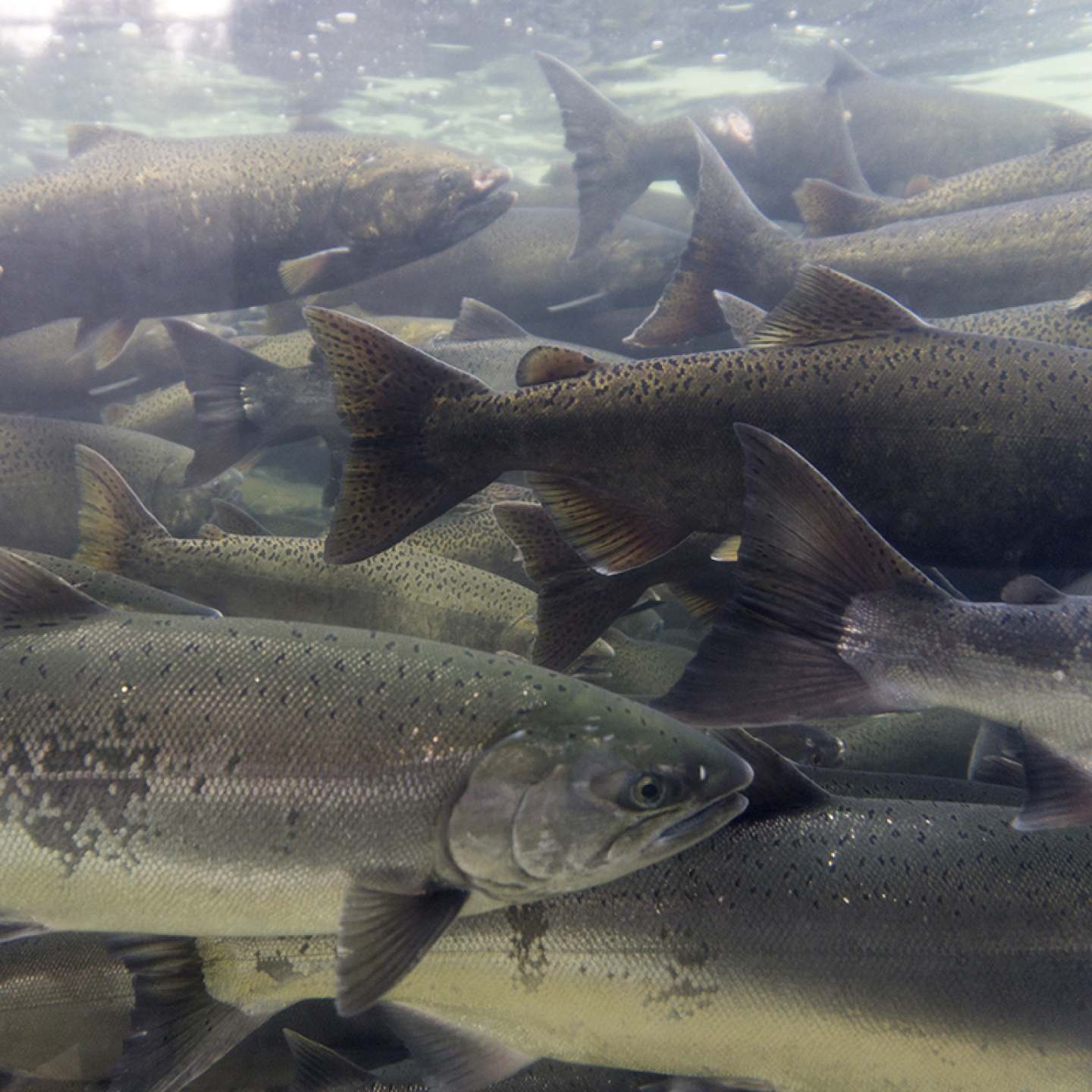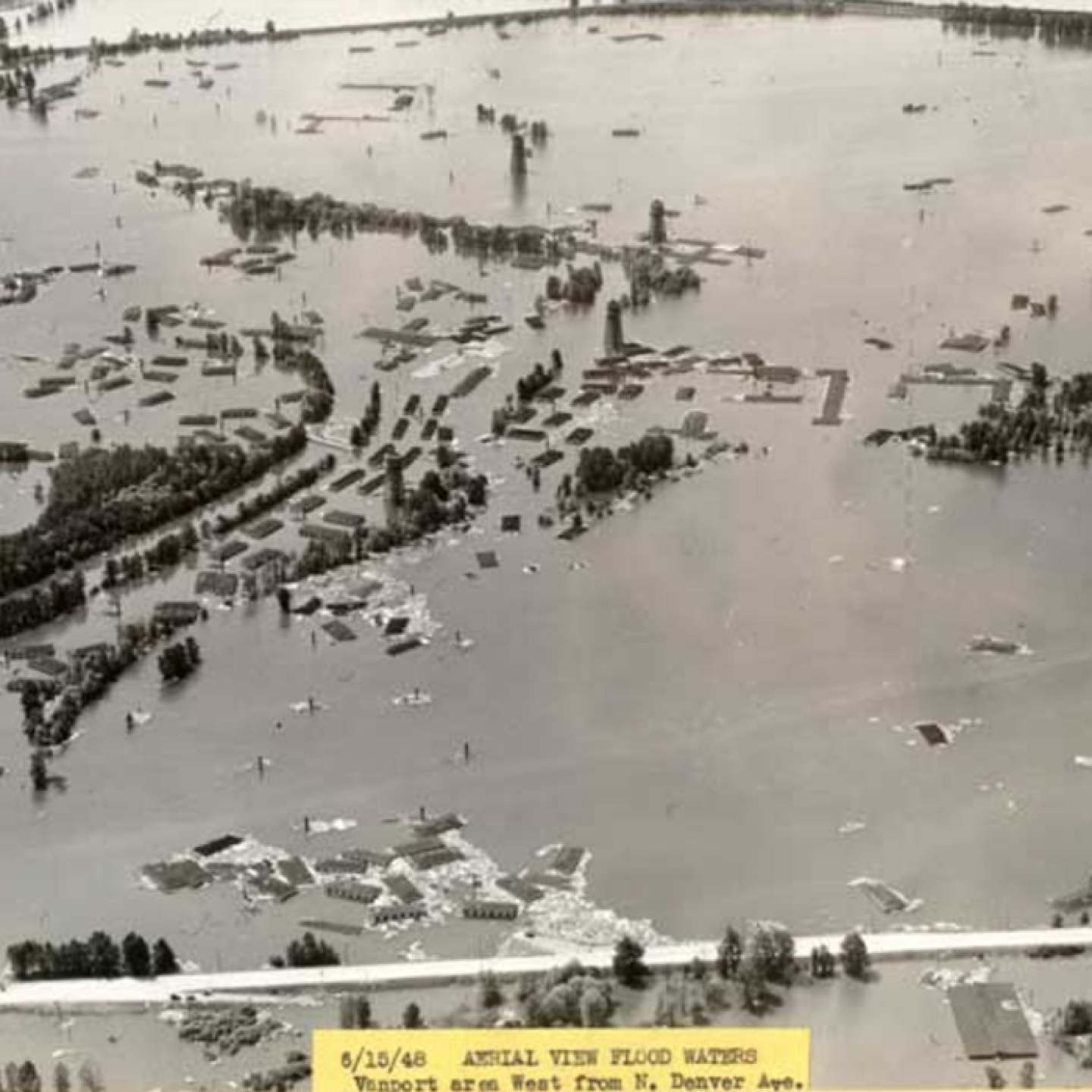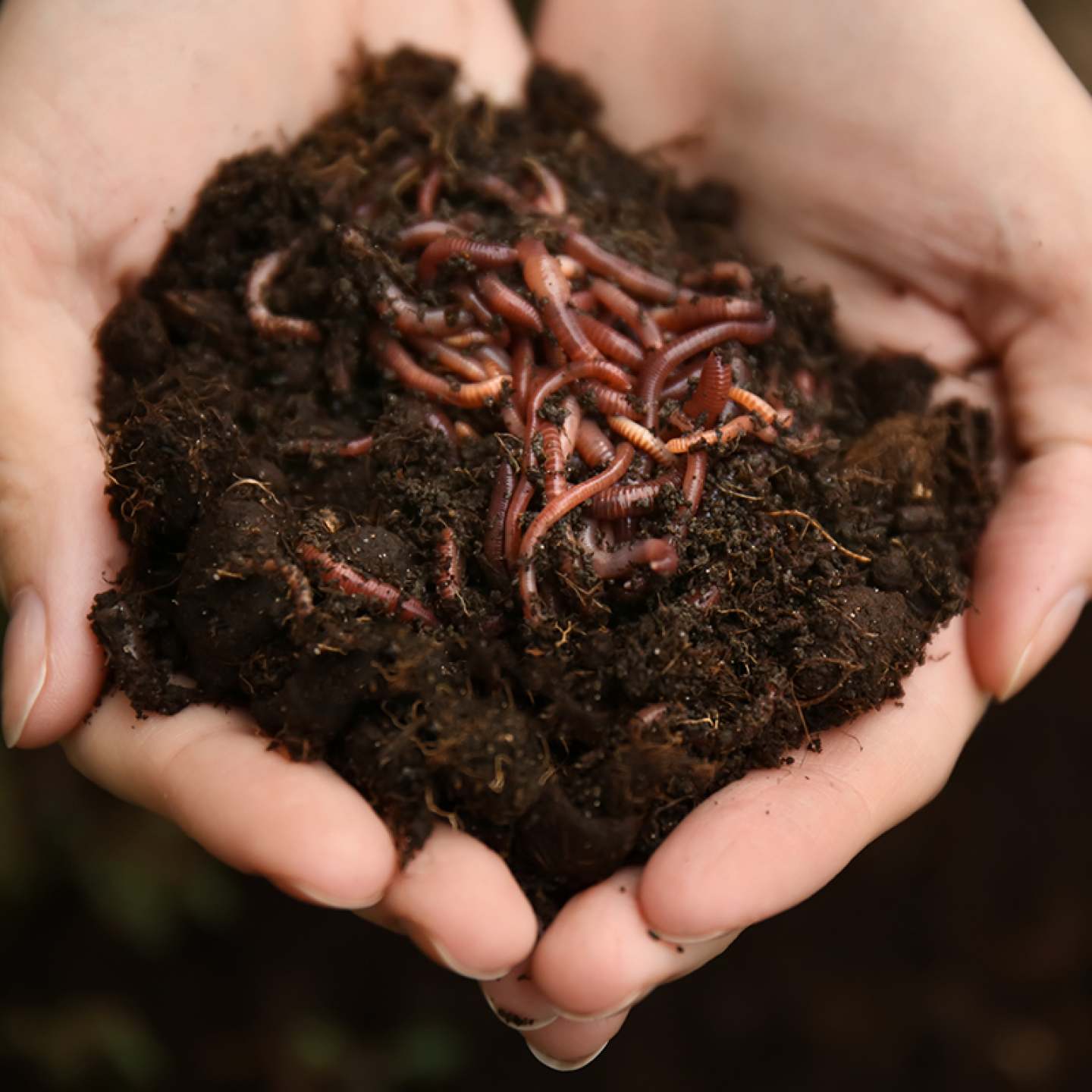Let’s be honest--the state of the climate emergency can be downright overwhelming and difficult to face day after day. A…
Winning the Battle to Ban Chlorpyrifos!
In 2020, Oregon became the 4th state to phase-out the organophosphate insecticide, chlorpyrifos. This law came about as a result…
Troubled Waters: Pesticide runoff into the Siuslaw River threatens salmon and the people who rely on them
Throughout history, the Siuslaw River was a vital watershed with salmon populations “second only to the Columbia.” Colonization of Oregon…
Lay Of The Land (Use)
“I’m from the coast.” “I own a farm.” “My family have been ranchers for five generations.” Our sense of ourselves…
Equity Missing in Oregon Land Use Laws
We face a future full of challenges about the health of our communities and the impacts of a warming climate.…
Climat-o-cides
We face a future full of challenges about the health of our communities and the impacts of a warming climate.…
